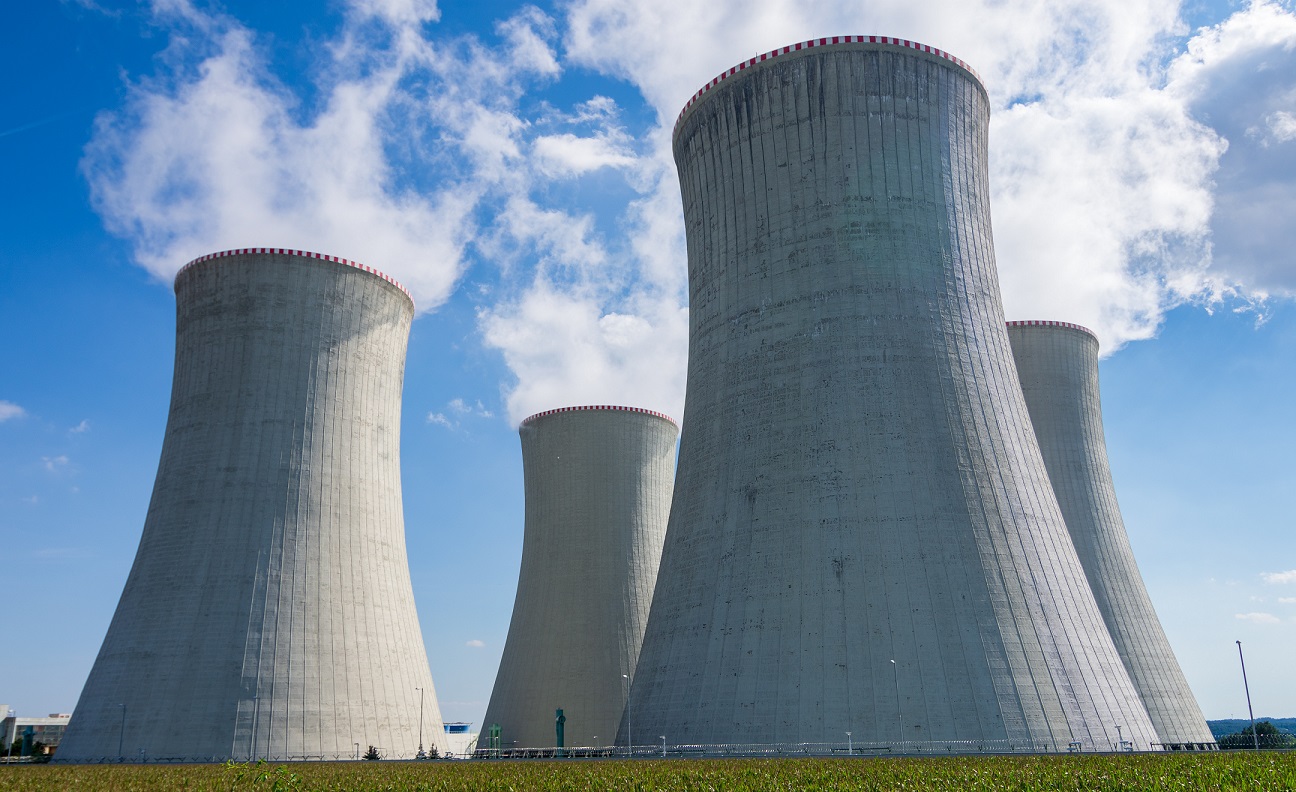Solar energy is not only valuable for generating electricity through photovoltaic systems but also for harnessing heat through solar thermal energy. Solar thermal technology utilizes the sun’s heat to provide a wide range of applications, including space heating, water heating, and industrial processes. In this article, we will explore the concept of solar thermal energy, its various applications, advantages, and its role in sustainable energy production.
- Understanding Solar Thermal Energy:
Solar thermal energy is the process of capturing heat from the sun and converting it into usable thermal energy. Unlike photovoltaic systems that convert sunlight directly into electricity, solar thermal systems focus on capturing the sun’s heat to generate warmth. This is achieved through the use of solar collectors, which absorb and transfer the sun’s thermal energy.
- Solar Thermal Collector Types:
There are several types of solar thermal collectors, each designed for specific applications. The most common types include:
- Flat-plate collectors: These collectors consist of an insulated box with a transparent cover and a dark-colored absorber plate. The sun’s rays pass through the cover and are absorbed by the plate, which heats up and transfers the thermal energy to a fluid circulating within the collector.
- Evacuated tube collectors: These collectors consist of rows of glass tubes, each containing a heat-absorbing element. The vacuum within the tubes minimizes heat loss, allowing for efficient heat transfer to a fluid within the tubes.
- Concentrating collectors: These collectors use mirrors or lenses to concentrate sunlight onto a small area, creating high temperatures. Concentrating collectors are commonly used in concentrated solar power (CSP) systems for electricity generation.
- Solar Thermal Applications:
Solar thermal energy has diverse applications across various sectors:
- Water heating: Solar thermal systems can be used to heat water for residential, commercial, and industrial purposes. Water circulates through the collector, absorbing heat, which is then transferred to a storage tank for later use.
- Space heating: Solar thermal energy can provide heat for space heating applications, such as radiant floor heating or heating systems in buildings. Solar collectors absorb heat and transfer it to a fluid that circulates through a heating system, providing warmth to the space.
- Solar cooling: Solar thermal energy can be utilized for cooling purposes through absorption cooling systems. These systems use solar heat to drive a refrigeration cycle, providing cooling without relying on electricity.
- Industrial processes: Solar thermal energy can be integrated into industrial processes that require heat, such as food processing, drying, and desalination. Solar thermal systems provide a sustainable and cost-effective solution for meeting industrial heat requirements.
- Advantages of Solar Thermal Energy:
Solar thermal energy offers several advantages:
- Renewable and sustainable: Solar thermal energy relies on the sun, which is an abundant and renewable resource. By harnessing solar heat, we can reduce reliance on fossil fuels and contribute to a more sustainable energy future.
- Carbon emissions reduction: Solar thermal energy produces heat without emitting greenhouse gases or pollutants, thereby reducing carbon emissions and improving air quality.
- Cost-effective: Solar thermal systems can provide significant cost savings on energy bills, especially for applications such as water heating. Once installed, the sun’s heat is free, making solar thermal a cost-effective solution in the long run.
- Energy security: Solar thermal energy reduces dependence on external energy sources, providing energy security and resilience.
- Localized energy production: Solar thermal systems can be installed at the point of use, reducing transmission losses and grid dependence. This localized approach enhances energy efficiency and reliability.
- Integration with Energy Storage:
Energy storage technologies, such as thermal storage systems or phase change materials, can be incorporated into solar thermal systems. These storage methods allow excess heat to be stored and used during times when sunlight is not available or when there is a higher demand for heat. Energy storage enhances the reliability and flexibility of solar thermal systems, enabling a continuous and consistent supply of heat.
- Solar Thermal Power Plants:
Solar thermal energy is not limited to small-scale applications. It can also be utilized in large-scale power generation through concentrated solar power (CSP) plants. CSP plants use mirrors or lenses to concentrate sunlight onto a receiver, which heats a fluid to generate steam. The steam drives a turbine, producing electricity. CSP plants have the advantage of being able to store heat, allowing for continuous power generation even when the sun is not shining.
- Challenges and Future Developments:
While solar thermal energy offers numerous advantages, it also faces certain challenges:
- Cost: The initial installation cost of solar thermal systems can be higher compared to conventional heating methods. However, the long-term cost savings and environmental benefits offset this initial investment.
- Space requirements: Solar thermal systems typically require a considerable amount of space for the installation of collectors. This may limit their feasibility in densely populated urban areas.
- Efficiency: Improving the efficiency of solar thermal collectors is an ongoing focus of research and development. Enhancements in materials, design, and heat transfer technologies aim to increase the overall efficiency of solar thermal systems.
- Integration with existing infrastructure: Retrofitting solar thermal systems into existing buildings or industrial processes may pose challenges due to compatibility and space constraints. Proper planning and design are necessary to ensure seamless integration.
Despite these challenges, the future of solar thermal energy looks promising. Ongoing advancements in technology, increased efficiency, and cost reductions are expected to drive its wider adoption and integration into our energy systems. Furthermore, the combination of solar thermal energy with other renewable sources, such as photovoltaics and energy storage, can create hybrid systems that maximize the benefits of multiple technologies.
Solar thermal energy is a valuable and versatile renewable energy solution that harnesses the heat from the sun for various applications. Its ability to provide heating, cooling, and industrial process heat makes it a sustainable alternative to conventional energy sources. With the advantages of being renewable, cost-effective, and environmentally friendly, solar thermal energy plays a vital role in reducing carbon emissions, improving energy security, and driving the transition to a more sustainable future. Continued research, technological advancements, and supportive policies will further propel the growth and integration of solar thermal energy into our energy systems, paving the way for a cleaner and more sustainable world.

